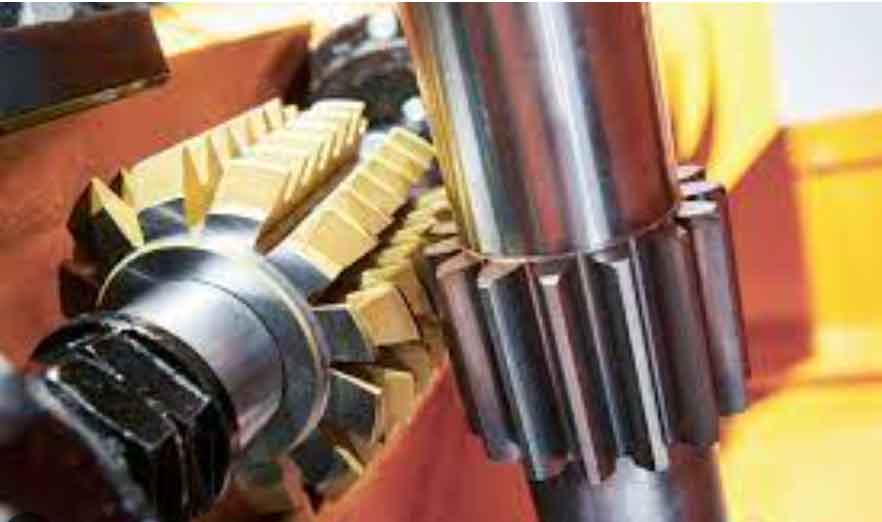
Optimizing gear hobbing for high-volume production involves various strategies and considerations to ensure efficient and cost-effective manufacturing processes. Here are some key steps and techniques to achieve optimal gear hobbing for high-volume production:
- Automated Systems: Implementing automated gear hobbing systems can significantly increase production throughput and reduce cycle times. Automated loading and unloading mechanisms, as well as robotic integration, can enhance the efficiency of the hobbing process.
- Multi-Spindle Hobbing: Utilizing multi-spindle hobbing machines allows simultaneous machining of multiple gears, increasing productivity. Multi-spindle systems can produce several gears in a single setup, reducing idle time and increasing overall output.
- High-Speed Hobbing: Implementing high-speed hobbing with advanced cutting tools and materials can significantly reduce hobbing cycle times. High-speed hobbing employs carbide or ceramic hob cutters and optimized cutting parameters for faster material removal.
- Continuous Hobbing: Implementing continuous hobbing techniques eliminates interruptions during the hobbing process, increasing productivity. By maintaining a continuous feed and synchronized motion, idle times between workpieces are minimized.
- Optimized Tooling: Utilizing high-quality hob cutters and precision-ground tools is essential for consistent and accurate gear production. Properly maintaining and sharpening hob cutters ensures the best performance and longevity.
- Lean Manufacturing: Implementing lean manufacturing principles helps streamline production workflows and eliminates waste, leading to increased efficiency in the gear hobbing process.
- Quality Control and Monitoring: Implementing real-time monitoring and quality control systems ensures that gear dimensions and tolerances are consistently met. Automated inspection and measurement systems can help identify any deviations from specifications promptly.
- Tool Change Optimization: Reducing tool changeover times is crucial for maximizing production efficiency. Implementing quick-change tooling systems can minimize downtime between gear runs.
- Optimized Cutting Parameters: Identifying the ideal cutting parameters, such as cutting speed, feed rate, and depth of cut, is essential for maximizing material removal rates without compromising gear quality.
- Maintenance and Servicing: Regular maintenance and servicing of the gear hobbing machine and tooling prevent unexpected breakdowns and ensure consistent performance during high-volume production.
- Material Selection: Choosing appropriate gear materials with the right heat treatment properties can optimize hobbing efficiency and improve gear performance.
- Workflow Optimization: Carefully planning and organizing the production workflow, including material handling, tool preparation, and finishing processes, can minimize downtime and maximize gear hobbing efficiency.
By combining these optimization strategies, manufacturers can achieve higher productivity, reduced production costs, and consistent gear quality during high-volume gear hobbing operations. Continuous improvement initiatives and investing in advanced technologies are essential to staying competitive and meeting the demands of modern gear production.
